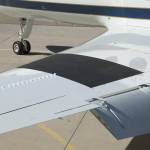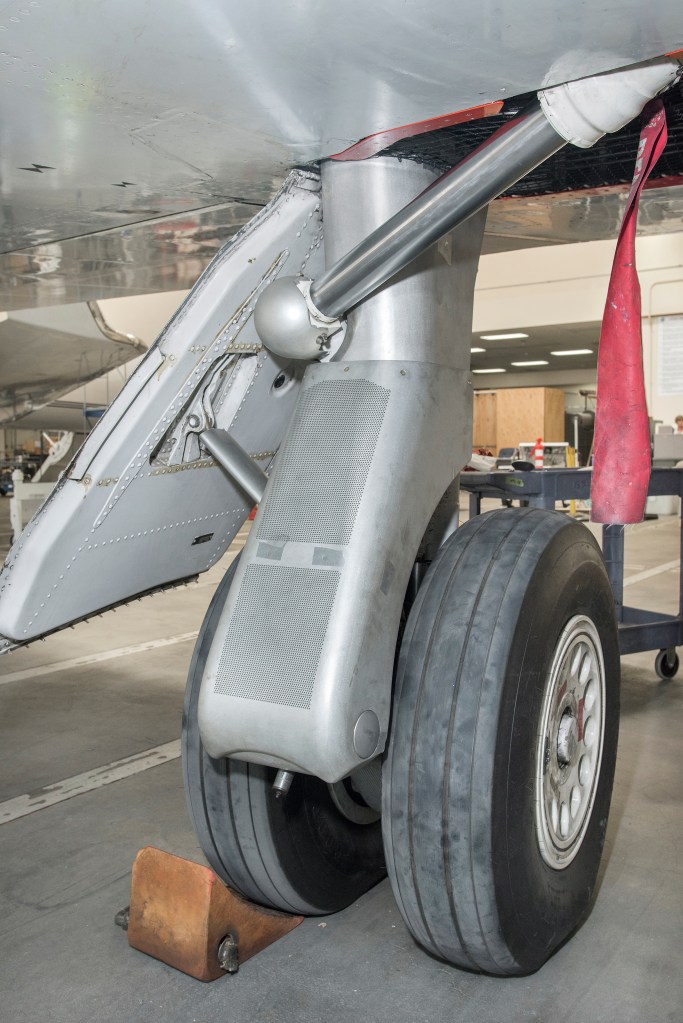ACTE
Adaptive Compliant Trailing Edge

The ACTE (Adaptive Compliant Trailing Edge) experimental flight research project was a joint effort between NASA and the U.S. Air Force Research Laboratory to determine if advanced flexible trailing-edge wing flaps could both improve aircraft aerodynamic efficiency and reduce airport-area noise generated during takeoffs and landings.
The experiment was flown on a modified Gulfstream III G-III business aircraft that has been converted into an aerodynamics research test bed at NASA’s Armstrong Flight Research Center in Edwards, California.
The ACTE project replaced both of the G-III’s conventional 19-foot-long aluminum flaps with advanced, shape-changing flaps that form continuous, bendable surfaces. The flexible flaps are made of composite materials patented by FlexSys Inc.
When conventional flaps are lowered, gaps exist between the forward edge and sides of the flaps and the wing surface. The ACTE flaps were gapless, courtesy of a seamless, flexible gap seal. The improved flap eliminated a major source of airframe noise generation.
Such gapless flaps are quieter than conventional flaps when deployed: during takeoff and approach and landing. The ACTE project aligned with the goals of the Environmentally Responsible Aviation, or ERA, project under the Integrated Systems Research Program of NASA’s Aeronautics Research Mission Directorate. The directorate and the Air Force Research Laboratory jointly funded the effort.
































